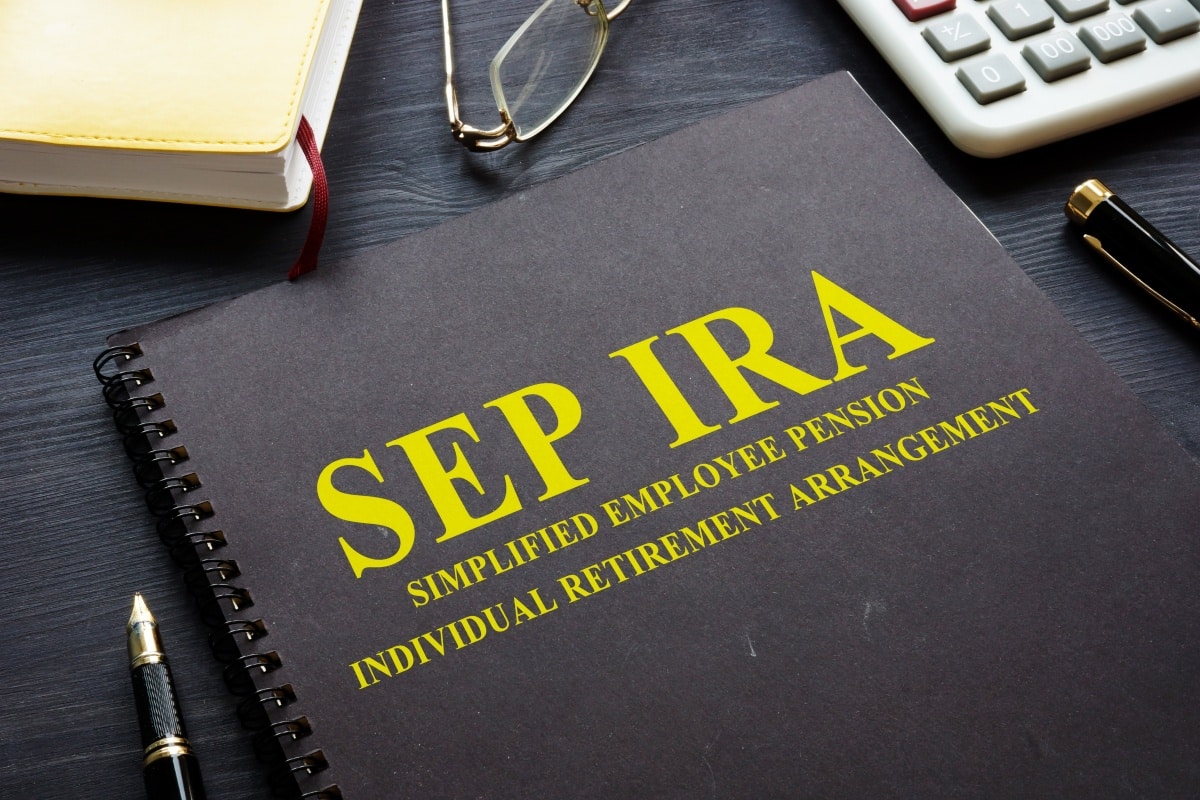
If you’re a small business owner or self-employed individual looking for a way to prepare for retirement, it’s worth exploring the Simplified Employee Pension-Individual Retirement Account (SEP-IRA).
What is a SEP-IRA?
With its easy setup, high contribution limits, and tax advantages, SEP-IRAs offer an attractive retirement planning option for self-employed individuals who want to help their employees plan for retirement and save money for retirement themselves. You can establish a Simplified Employee Pension-Individual Retirement Account — better known as a SEP-IRA — with minimal cost and hassle. In fact, a SEP-IRA can be set up by filling out a single IRS form and no annual Form 5500 filing is required.
Below, you can learn more about this versatile savings tool, why it might be right for you, and how you can get started with one of your own.
SEP-IRA Contribution Limits for 2024
The simplicity of SEP-IRAs is one reason why they’re so popular among small businesses and the self-employed. Another reason is the high annual contribution limits. In 2024, an employer can contribute up to $66,000 or 25 percent of annual compensation (whichever is less) to SEP-IRAs established for themselves and their employees.
How SEP-IRAs Work and Eligibility Rules
Once a business establishes a SEP-IRA, individual IRAs are set up for each employee. The business then makes tax-deductible contributions into these accounts. Note that employees can’t make contributions to their accounts — only employers can contribute to SEP-IRAs.
There are no restrictions on the sizes or types of businesses that can use a SEP-IRA. Sole proprietorships, S corporations, C corporations, partnerships, and LLCs all may qualify to establish and offer a SEP-IRA too their employees.
But there are eligibility criteria for employees, who must be at least 21 years old and have worked for the company for at least three of the past five years. Additionally, they also must have received at least $600 from the employer in compensation between 2016 – 2020; $650 between 2021-2022, and $750 in compensation in 2022. Employees own their SEP-IRA accounts and control how the money is invested.
There’s one important distinction with SEP-IRAs that some owners aren’t aware of: Businesses must contribute the same percentage of compensation to all eligible employees’ accounts, including the owner. So, if you wanted to contribute a healthy 25% of your annual compensation to your own SEP-IRA, you’d have to contribute this same percentage to each eligible employee’s account. But this might not be financially feasible.
Benefits of a SEP-IRA
There are a number of potential benefits of setting up a SEP-IRA for yourself and your employees, including the following:
- The annual contribution limits are much higher than the limits associated with traditional IRAs and 401(k)s.
- Contributions are tax-deductible to the business, which may reduce your current income tax bill.
- Setup and administration are relatively easy and there’s no annual Form 5500 filing requirement.
- Contributions grow on a tax-deferred basis, which can boost the size of the account over the long term.
- SEP-IRAs can be combined with traditional IRAs and Roth IRAs.
There is flexibility when it comes to how much money is contributed to accounts each year — this amount can change each year.
Drawbacks of a SEP-IRA
Keep in mind that there are a few potential drawbacks to SEP-IRAs, including the following:
- You must contribute the same percentage of compensation to all eligible employees’ accounts, as explained above. This tends to make SEP-IRAs more attractive to self-employed or micro-businesses with just a few employees.
- There is not a Roth version of a SEP-IRA so you and your employees can’t save for retirement on a tax-free basis.
- Required minimum distributions (RMDs) from the account must begin when you and employees reach age 72.
- Money withdrawn from the account before age 59½ may be subject to a 10% early withdrawal penalty and current taxation at ordinary income tax rates.
How to Open a SEP-IRA
You can easily open a SEP-IRA online yourself by following these four steps:
- Choose an investment company to serve as your account provider (e.g., Fidelity, E*TRADE, Charles Schwab).
- Create a formal written plan agreement using IRS Form 5305-SEP.
- Let eligible employees know about the plan by giving them a copy of IRS Form 5305-SEP or a similar form supplied by your account provider.
- Establish IRAs for each eligible employee with your account provider.
The 2024 deadline for establishing and funding a SEP-IRA can be as late as the deadline for your company’s income tax return for that specific year plus extensions. This means you generally have all the way until April 15th (plus extensions) of next year to set up a SEP-IRA and make contributions that you can deduct from your business’ 2024 taxable income.
How We Can Help Your Business
The team at C.W. O’Conner Wealth Advisors helps business owners and self-employed individuals set up the right retirement plans for themselves and their employees, including SEP-IRAs. Schedule a meeting, call us directly at 770-368-9919, or email Cliff at cliff@cwoconner.com or Kevin at kevin@cwoconner.com to learn more.
Editors Note: This article was originally published in September of 2022. It has been updated to reflect 2024 information.
Download our 2023 Financial Planning Guide







